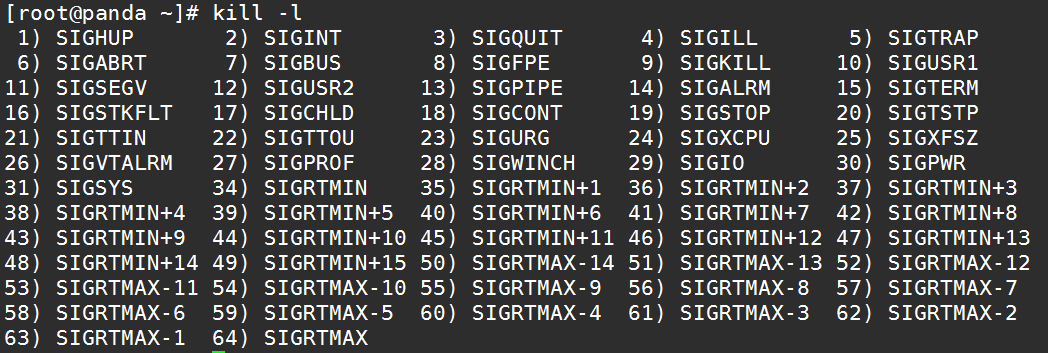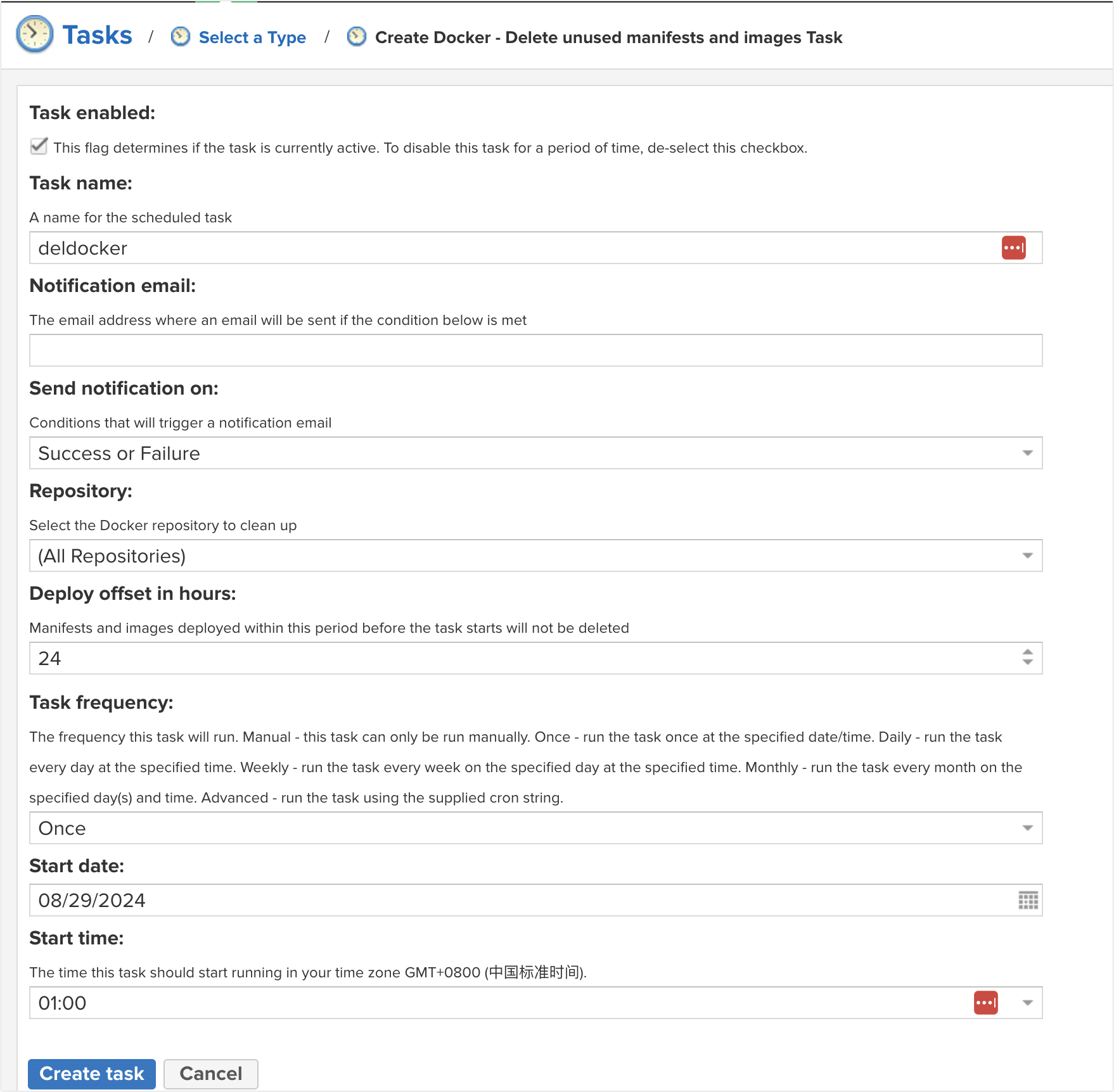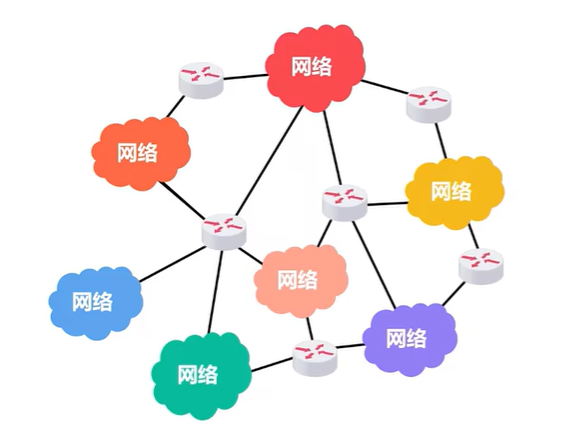在C语言阶段,我们学过两种数据结构,栈与队列,一种是先进后出,一种是先进先出。
在C++阶段,我们有新容器来方便快捷的使用栈和队列而不需要我们手动来编写
即stack与queue
我们直接来看对应接口
stack

同时放上对应的习题
最小栈
. - 力扣(LeetCode)
class MinStack
{
public:
void push(int x)
{
// 只要是压栈,先将元素保存到_elem中
_elem.push(x);
// 如果x小于_min中栈顶的元素,将x再压入_min中
if(_min.empty() || x <= _min.top())
_min.push(x);
}
void pop()
{
// 如果_min栈顶的元素等于出栈的元素,_min顶的元素要移除
if(_min.top() == _elem.top())
_min.pop();
_elem.pop();
}
int top(){return _elem.top();}
int getMin(){return _min.top();}
private:
// 保存栈中的元素
std::stack<int> _elem;
// 保存栈的最小值
std::stack<int> _min;
};
栈的压入、弹出序列
栈的压入、弹出序列_牛客题霸_牛客网
class Solution {
public:
bool IsPopOrder(vector<int> pushV,vector<int> popV) {
//入栈和出栈的元素个数必须相同
if(pushV.size() != popV.size())
return false;
// 用s来模拟入栈与出栈的过程
int outIdx = 0;
int inIdx = 0;
stack<int> s;
while(outIdx < popV.size())
{
// 如果s是空,或者栈顶元素与出栈的元素不相等,就入栈
while(s.empty() || s.top() != popV[outIdx])
{
if(inIdx < pushV.size())
s.push(pushV[inIdx++]);
else
return false;
}
// 栈顶元素与出栈的元素相等,出栈
s.pop();
outIdx++;
}
return true;
}
};
逆波兰表达式求值
. - 力扣(LeetCode)
class Solution {
public:
int evalRPN(vector<string>& tokens) {
stack<int> s;
for (size_t i = 0; i < tokens.size(); ++i)
{
string& str = tokens[i];
// str为数字
if (!("+" == str || "-" == str || "*" == str || "/" == str))
{
s.push(atoi(str.c_str()));
}
else
{
// str为操作符
int right = s.top();
s.pop();
int left = s.top();
s.pop();
switch (str[0])
{
case '+':
s.push(left + right);
break;
case '-':
s.push(left - right);
break;
case '*':
s.push(left * right);
break;
case '/':
// 题目说明了不存在除数为0的情况
s.push(left / right);
break;
}
}
}
return s.top();
}
};
queue

priority_queue的介绍和使用
优先队列是一种特殊的容器,他的最上层始终为最大(小)的元素,和堆非常类似
优先级队列默认使用vector作为其底层存储数据的容器,在vector上又使用了堆算法将vector中元素构造成 堆的结构,因此priority_queue就是堆,所有需要用到堆的位置,都可以考虑使用priority_queue。
注意: 默认情况下priority_queue是大堆

模拟实现
#include<iostream>
#include<vector>
#include<functional>
using namespace std;
template<class T>
class vectorless {
public:
bool operator()(T a1, T a2) {
return a1 < a2;
}
};
template<class T>
class vectorgreater {
public:
bool operator()(T a1, T a2) {
return a1 > a2;
}
};
namespace bit
{
template <class T, class Container = vector<T>, class Compare = less<T> >
class priority_queue
{
public:
priority_queue() = default;
template <class InputIterator>
priority_queue(InputIterator first, InputIterator last) {
while (first != last) {
push(*first);
++first;
}
}
bool empty() const {
return c.empty();
}
size_t size() const {
return c.size();
}
T& top() {
return c.front();
}
void adjustdown(int pos) {
int child = pos * 2 + 1;
Compare cmp;
while (child < c.size()) {
if (child + 1 < c.size() && cmp(c[child] , c[child + 1]))
++child;
if (cmp(c[pos] , c[child]))
swap(c[pos], c[child]);
else
break;
pos = child;
child = child * 2 + 1;
}
}
void adjustup(int pos) {
Compare cmp;
int parent = (pos - 1) / 2;
while (parent >= 0) {
if (cmp(c[parent] , c[pos]))
swap(c[parent], c[pos]);
else
break;
pos = parent;
parent = (pos - 1) / 2;
}
}
void push(const T& x) {
c.push_back(x);
adjustdown(0);
}
void pop() {
swap(c[0], c[size() - 1]);
c.pop_back();
adjustdown(0);
}
private:
Container c;
Compare comp;
};
};其中compare为仿函数,我们可以通过传递对应的仿函数来支持其他类的比较,或者也可以在类中写上对应的运算符重载
class Date
{
public:
Date(int year = 1900, int month = 1, int day = 1)
: _year(year)
, _month(month)
, _day(day)
{}
bool operator<(const Date& d)const
{
return (_year < d._year) ||
(_year == d._year && _month < d._month) ||
(_year == d._year && _month == d._month && _day < d._day);
}
bool operator>(const Date& d)const
{
return (_year > d._year) ||
(_year == d._year && _month > d._month) ||
(_year == d._year && _month == d._month && _day > d._day);
}
friend ostream& operator<<(ostream& _cout, const Date& d)
{
_cout << d._year << "-" << d._month << "-" << d._day;
return _cout;
}
private:
int _year;
int _month;
int _day;
};
void TestPriorityQueue()
{
// 大堆,需要用户在自定义类型中提供<的重载
priority_queue<Date> q1;
q1.push(Date(2018, 10, 29));
q1.push(Date(2018, 10, 28));
q1.push(Date(2018, 10, 30));
cout << q1.top() << endl;
// 如果要创建小堆,需要用户提供>的重载
priority_queue<Date, vector<Date>, greater<Date>> q2;
q2.push(Date(2018, 10, 29));
q2.push(Date(2018, 10, 28));
q2.push(Date(2018, 10, 30));
cout << q2.top() << endl;
}
数组中第k大的元素
. - 力扣(LeetCode)
class Solution {
public:
int findKthLargest(vector<int>& nums, int k) {
// 将数组中的元素先放入优先级队列中
priority_queue<int> p(nums.begin(), nums.end());
// 将优先级队列中前k-1个元素删除掉
for(int i= 0; i < k-1; ++i)
{
p.pop();
}
return p.top();
}
};
适配器
适配器是一种设计模式(设计模式是一套被反复使用的、多数人知晓的、经过分类编目的、代码设计经验的总 结),该种模式是将一个类的接口转换成客户希望的另外一个接口。
STL标准库中stack和queue的底层结构
虽然stack和queue中也可以存放元素,但在STL中并没有将其划分在容器的行列,而是将其称为容器适配 器,这是因为stack和队列只是对其他容器的接口进行了包装,STL中stack和queue默认使用deque



deque的简单介绍(了解)
deque的原理介绍
deque(双端队列):是一种双开口的"连续"空间的数据结构,双开口的含义是:可以在头尾两端进行插入和 删除操作,且时间复杂度为O(1),与vector比较,头插效率高,不需要搬移元素;与list比较,空间利用率比较高。

deque并不是真正连续的空间,而是由一段段连续的小空间拼接而成的,实际deque类似于一个动态的二维 数组,其底层结构如下图所示:

双端队列底层是一段假象的连续空间,实际是分段连续的,为了维护其“整体连续”以及随机访问的假象,落 在了deque的迭代器身上,因此deque的迭代器设计就比较复杂
那deque是如何借助其迭代器维护其假想连续的结构呢?

deque的缺陷
与vector比较,deque的优势是:头部插入和删除时,不需要搬移元素,效率特别高,而且在扩容时,也不 需要搬移大量的元素,因此其效率是必vector高的。
与list比较,其底层是连续空间,空间利用率比较高,不需要存储额外字段。
但是,deque有一个致命缺陷:不适合遍历,因为在遍历时,deque的迭代器要频繁的去检测其是否移动到 某段小空间的边界,导致效率低下,而序列式场景中,可能需要经常遍历,因此在实际中,需要线性结构时,大多数情况下优先考虑vector和list,deque的应用并不多,而目前能看到的一个应用就是,STL用其作 为stack和queue的底层数据结构。
为什么选择deque作为stack和queue的底层默认容器
stack是一种后进先出的特殊线性数据结构,因此只要具有push_back()和pop_back()操作的线性结构,都可 以作为stack的底层容器,比如vector和list都可以;queue是先进先出的特殊线性数据结构,只要具有 push_back和pop_front操作的线性结构,都可以作为queue的底层容器,比如list。但是STL中对stack和 queue默认选择deque作为其底层容器,主要是因为:
1. stack和queue不需要遍历(因此stack和queue没有迭代器),只需要在固定的一端或者两端进行操作。
2. 在stack中元素增长时,deque比vector的效率高(扩容时不需要搬移大量数据);queue中的元素增长 时,deque不仅效率高,而且内存使用率高。
结合了deque的优点,而完美的避开了其缺陷。



















